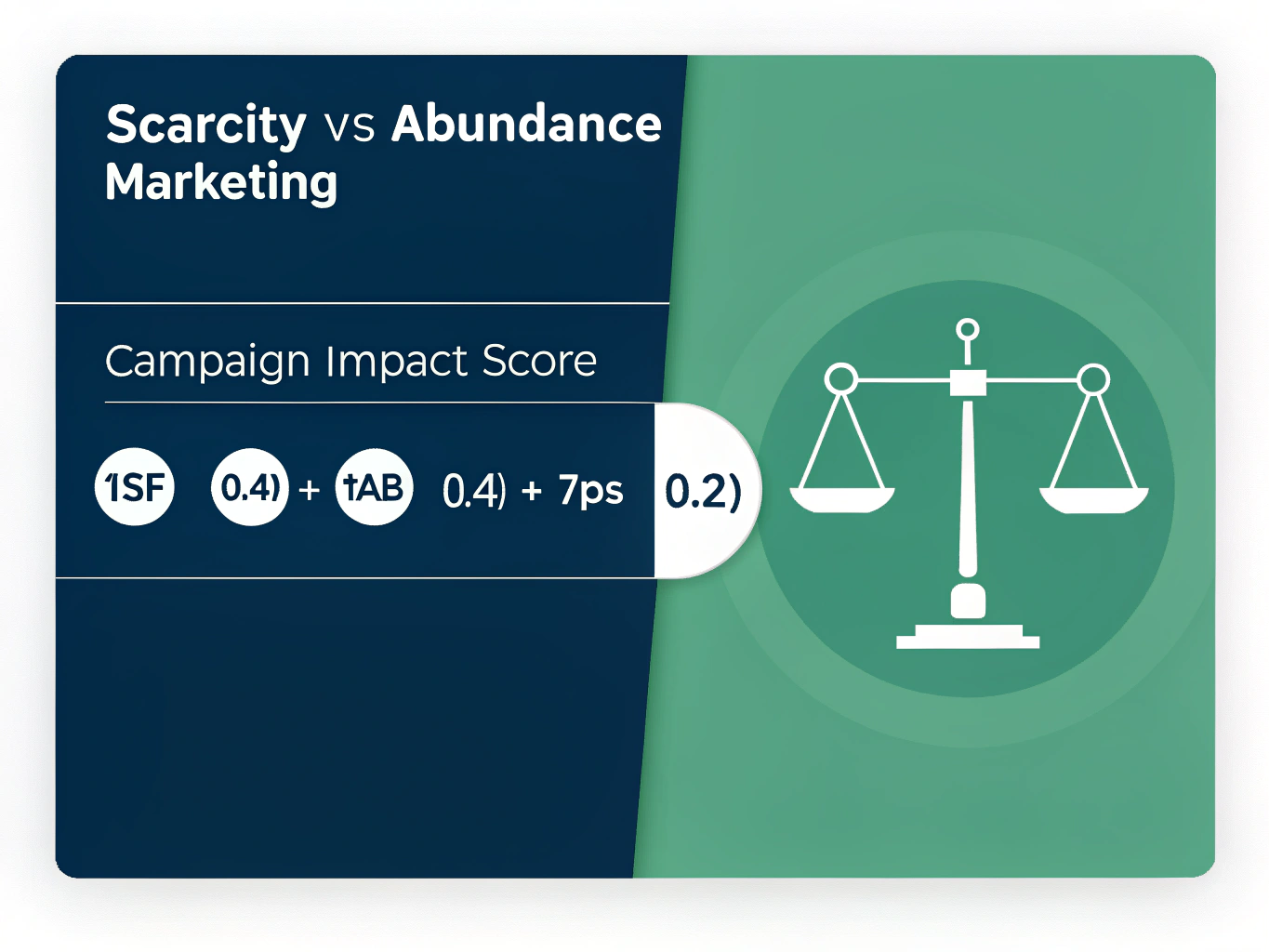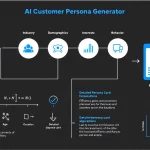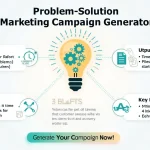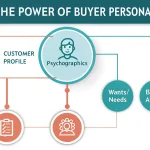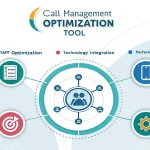Is this tool helpful?
How to Use the Marketing Campaign Generator Tool Effectively
This Marketing Campaign Generator uses scarcity and abundance principles to help you craft persuasive marketing messages that drive customer engagement. Here’s a straightforward guide to filling out each field with clear examples to get the best results from the tool.
Field-by-Field Instructions
-
Ideal Customer Persona: Describe your target audience precisely to tailor your campaign.
- Example 1: “Parents of toddlers aged 2-4, focused on early childhood education and safety products.”
- Example 2: “Remote workers aged 30-50, interested in ergonomic office equipment and productivity tools.”
-
Product/Service Description: Summarize your offering clearly and briefly.
- Example 1: “Eco-friendly reusable water bottles with built-in filtration system.”
- Example 2: “Subscription-based language learning app with live tutoring sessions.”
-
Scarcity Factors: List specific features that create urgency or exclusivity.
- Example 1: “Limited run of 500 bottles, available only this summer.”
- Example 2: “Exclusive early bird access for the first 200 app subscribers.”
-
Abundant Benefits: Highlight positive outcomes your customers will gain.
- Example 1: “Improved hydration and health, BPA-free materials, convenient size.”
- Example 2: “Enhanced language skills, personalized feedback, flexible scheduling.”
-
Urgency Factors (Optional): Add elements that push customers to act quickly.
- Example 1: “24-hour flash sale with 20% off.”
- Example 2: “Free trial extension for sign-ups this week only.”
-
Call to Action: Use clear, compelling phrases that tell customers what to do next.
- Example 1: “Claim Your Bottle Today”
- Example 2: “Start Learning Now”
What Is the Marketing Campaign Generator Tool?
This tool helps you create effective marketing campaigns by combining scarcity and abundance messaging. Scarcity messaging focuses on limited availability, while abundance highlights the broad benefits customers receive. By balancing these elements, your campaign gains urgency and value, encouraging customers to act swiftly.
Purpose and Key Benefits
- Provides a structured method to develop targeted marketing messages
- Incorporates proven psychological triggers to increase conversion potential
- Saves time by generating campaign outlines based on your inputs
- Ensures consistent messaging across multiple marketing channels
- Helps clarify your unique selling points and urgency factors
Practical Applications of the Marketing Campaign Generator
Use this tool to quickly develop campaign outlines for a variety of industries and products. Here are some typical use cases:
E-commerce Product Promotion
- Persona: Outdoor enthusiasts aged 18-30
- Product: Lightweight camping gear set
- Scarcity: Only 200 units available for the summer hiking season
- Benefits: Durable materials, compact design, easy to carry
- Urgency: Early bird discount ends in 72 hours
SaaS Software Launch
- Persona: Freelancers and small business owners
- Service: Automated invoicing and payment tracking tool
- Scarcity: Free premium features for the first 100 users
- Benefits: Saves time on billing, reduces errors, integrates with popular accounting apps
- Urgency: Special pricing ends next Monday
Understanding the Formulas Behind the Campaign Impact
The tool balances key marketing elements to create a strong campaign message. It calculates a Campaign Impact Score that weighs scarcity, benefits, and urgency together:
$$ \text{Campaign Impact Score} = (SF \times 0.4) + (AB \times 0.4) + (UF \times 0.2) $$Where:
SF = Scarcity Factor
AB = Abundant Benefits Score
UF = Urgency Factor
Additionally, it measures urgency by combining time constraints and availability limits:
$$ \text{Urgency Quotient} = \frac{\text{Time Constraint} + \text{Availability Limit}}{2} \times \text{Scarcity Factor} $$This framework ensures your campaign maintains a balanced focus on exclusivity and value, leading to clearer marketing messages that motivate action.
Advantages of Using the Scarcity vs Abundance Marketing Tool
- Delivers a clear structure to your campaign creation efforts
- Combines psychological marketing principles in a practical way
- Accelerates campaign development, saving planning time
- Supports consistent messaging that resonates with your audience
- Improves conversion rates with targeted, value-driven messaging
How This Tool Solves Common Marketing Challenges
Optimizing Campaign Structure
By guiding you to blend scarcity messaging with abundant benefits, the tool helps avoid mixed signals that confuse customers. It also focuses your urgency to maximize response rates.
Enhancing Message Impact
The tool calculates message effectiveness using this formula:
$$ \text{Message Impact} = (\text{Scarcity Weight} \times \text{Urgency Factor}) + (\text{Benefit Count} \times \text{Value Multiplier}) $$This helps determine how compelling your campaign messaging is, so you can adjust your inputs accordingly.
Frequently Asked Questions
How does scarcity increase marketing effectiveness?
Scarcity makes your product or service seem more valuable by limiting availability. This sense of exclusivity encourages customers to act fast to avoid missing out.
What makes a strong call to action?
Your call to action should be clear, urgent, and focused on the benefit to the customer. Use action verbs that prompt immediate response and match your target audience’s mindset.
How often should I revise my campaign messaging?
Update your messaging every 4–6 weeks or after analyzing campaign performance to keep your offers fresh and aligned with customer interests.
Can this tool be used for different industries and product types?
Yes, it works equally well for physical products, digital services, subscription plans, and more, adapting to your specific marketing needs.
What is the best balance between scarcity and abundance messaging?
Maintain about 40% scarcity messaging to create urgency, and 60% abundance messaging to emphasize value and benefits.
How do I judge if my campaign messaging is successful?
Measure outcomes like click-through rates, conversion percentages, and customer feedback to evaluate and refine your campaign.
Should I include more than one call to action?
Use a single, primary call to action to maintain clarity and direction. Secondary CTAs can support but should not distract from the main goal.
How can I make the benefits in my message stand out more?
Be specific and focus on outcomes that solve your customer’s problems or improve their situation — this relevance increases impact.
Important Disclaimer
The calculations, results, and content provided by our tools are not guaranteed to be accurate, complete, or reliable. Users are responsible for verifying and interpreting the results. Our content and tools may contain errors, biases, or inconsistencies. We reserve the right to save inputs and outputs from our tools for the purposes of error debugging, bias identification, and performance improvement. External companies providing AI models used in our tools may also save and process data in accordance with their own policies. By using our tools, you consent to this data collection and processing. We reserve the right to limit the usage of our tools based on current usability factors. By using our tools, you acknowledge that you have read, understood, and agreed to this disclaimer. You accept the inherent risks and limitations associated with the use of our tools and services.
